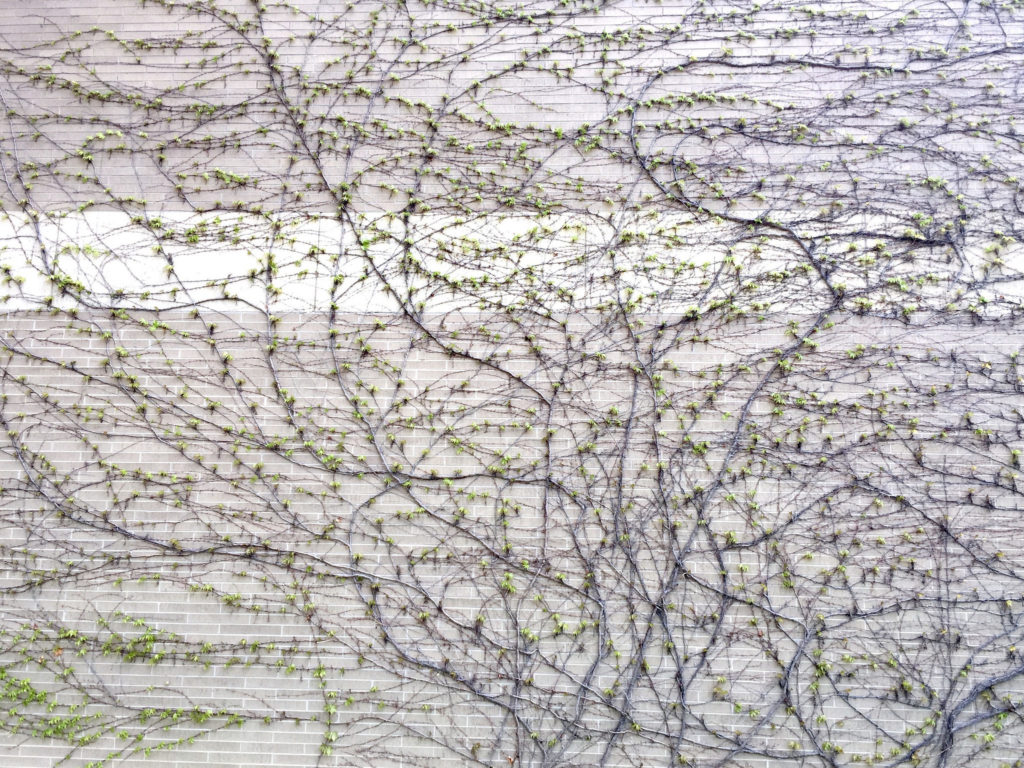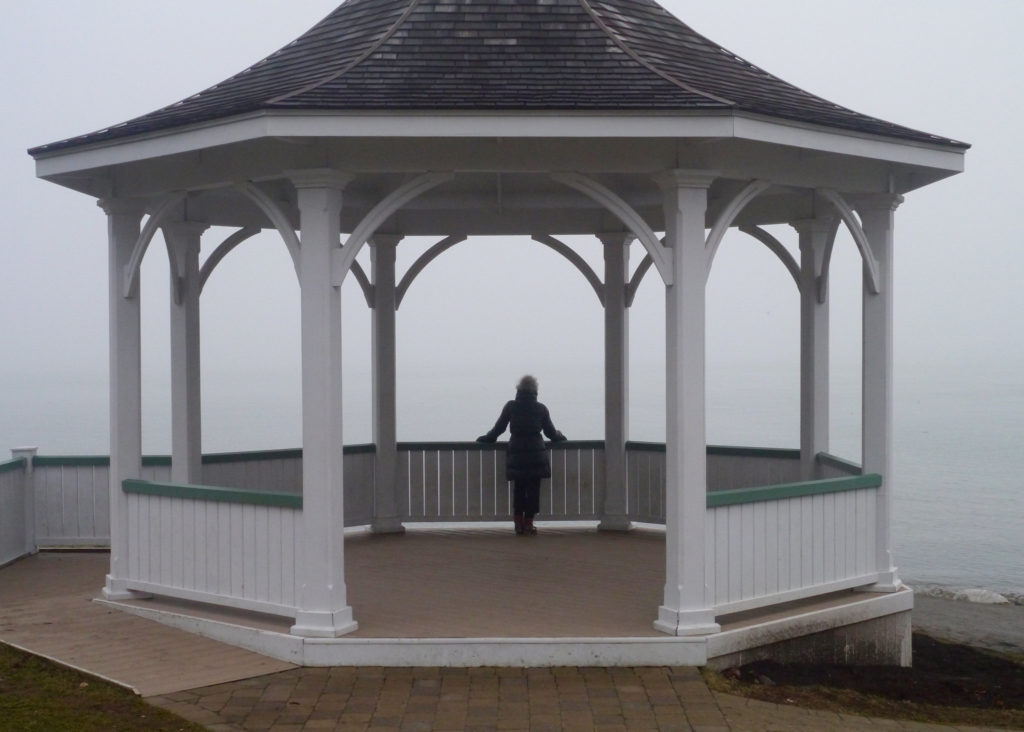
A few weeks ago, I wrote about Thomas Berry who said “The universe is not a collection of objects, but a communion of subjects.” Recently, while listening to an On Being interview with scientist and philosopher Carlo Rovelli, he said this, “All of reality is interaction.” Everything in me said YES – relationships are everything – and I had to hear more.
Quantum physics describes how things interact with each other.
We tend to think of the world as made up of things and people. In photography, we talk about capturing a subject, a thing. Even in my photography workshops, I recommend identifying the subject or concept (a thing) and the elements (things) in the photograph that support it. Rovelli argues that life is, in fact, not made up of things; instead it is made up of happenings or events – interactions. A kiss is an example of a happening that we can easily understand. Yet, even a stone is a happening – sand gets together for a period of time and then disintegrates.
Even the human self, Rovelli states, “is a huge wave of happenings.” Each of us constitutes a web of interactions with the world around us, including other human beings. The quality of our lives depends on the quality of our interactions and relationships. In this way, things and people are “nodes of interaction,” secondary to the happening itself. And, even ‘things’ are really happenings since everything is in a constant state of change or becoming.
During the 18th century, scientists thought of the world as made up of matter, particles moving around. This way of knowing no longer applies. Scientists in the 19th century thought the world was made up of energy. Today, Rovelli describes the world in terms of flashes of light, like fireflies, where interactions are always occurring.
A happening is limited in space and time. It is a moment, here and then gone. A photograph is a set of happenings or interactions that can never be repeated in exactly the same way.
What if, instead of identifying the elements in our photographs, we identified a story of interactions?

To speak about this photograph in terms of things or subjects, this is a woman looking out at the foggy lake from a gazebo. But, what is really happening?
In terms of interactions, the woman, the lake, and the gazebo are nodes of interaction. The woman is looking out; interacting with the water or the horizon in some way. Perhaps it brings her peace. Maybe she’s taking some time to think about a person or situation in her life. Maybe she’s just enjoying the view. The gazebo provides shelter and the railing provides a place for her to rest her hands. There’s also the interaction of the cold, damp atmosphere and the water, creating fog.
And, we can’t forget the interaction between me, the photographer and the scene, which struck me enough to stop and take the photograph. I was drawn to her contemplative stance. This pause for both of us was an interaction, whether we spoke or not.
Why not try this with one of your photographs?
Yes, yes, yes! to everything you wrote, Kim! It caused me to smile on a dark, damp, very early, predawn morning.
Having become a tiny bit of a grouch at 78 yrs, I have been known among my small group of photography online friends to complain that we should spend less time adjusting slightly crooked horizons and slight out-of-focus and look deeply into an image, not just at surface pixels.
So, Kim, your image of the lady looking out over a fog shrouded beach says to me that she has very recently lost a dear friend and she has come here to just remember the happy years they spent together.
What I am ‘hearing’ is the poem by Henry Van Dyke
‘Gone From My Sight
I am standing upon the seashore. A ship, at my side,
spreads her white sails to the moving breeze and starts
for the blue ocean. She is an object of beauty and strength.
I stand and watch her until, at length, she hangs like a speck
of white cloud just where the sea and sky come to mingle with each other.
Then, someone at my side says, “There, she is gone.”
Gone where?
Gone from my sight. That is all. She is just as large in mast,
hull and spar as she was when she left my side.
And, she is just as able to bear her load of living freight to her destined port.
Her diminished size is in me — not in her.
And, just at the moment when someone says, “There, she is gone,”
there are other eyes watching her coming, and other voices
ready to take up the glad shout, “Here she comes!”
And that is dying…’
Oh I’m glad that this spoke to you, Peter, and appreciate so much the poem you shared. Yes, I believe too that we should spend more time experiencing and reflecting on why we’re drawn to certain scenes and how to express what we discover from that reflection. Many are resistant to doing it.
Profound.
This is really interesting, Kim. I shall definitely be trying what you mention above: “Identifying a story of interactions”. I can see and feel the interaction between me, as the photographer, and the scene I am photographing at that moment, but a step further would be to see the interaction between the different elements that make up a scene. All very interesting and food for thought.